Third-Party vs. Original Equipment Manufacturers for Medical Device Repair
The U.S. medical equipment market is set to experience significant growth, with projections showing a jump from $188.68 billion in 2024 to $199.06 billion in 2025, according to Fortune Business Insights. As the market expands, the demand for third-party service providers to support the capabilities of Original Equipment Manufacturer (OEM) service departments is becoming increasingly critical.
Regulations and Red Tape
OEMs, bound by strict FDA regulations, often face long turnaround times, creating frustrating delays for healthcare providers. While these regulations are essential for safety and quality when producing devices, they may also contribute to equipment backlogs, leaving medical professionals without the tools they need for patient care. That’s where Independent Service Organizations (ISOs) like ReNew Biomedical come in, offering a faster, more flexible solution to these challenges.
Unlike OEMs, Third-Party ISOs like ReNew Biomedical aren’t directly bound by the same stringent FDA rules, which allows them to provide quicker service. Their ability to navigate fewer restrictions means they can reduce downtime and get medical equipment back in action faster. This agility enables ISOs to deliver efficient and effective service without compromising quality. Just because ISOs don’t answer to the FDA does not mean they are completely unregulated. ReNew Biomedical and many other ISOs elect into third-party regulations to make sure they are delivering quality medical equipment service that keeps patients safe. For example, ReNew holds the strict ISO 13485 certification and regularly submits to audits by outside regulators for compliance.
Variety of Services
ISOs like ReNew Biomedical have created multiple options for service delivery to customers, including depot options where customers can send devices for any maintenance or repair needs where access to parts can be much broader, as well as on-site options where technicians travel to customers facilities and are able to minimize equipment downtime and service interruptions, but sometimes with a more limited availability of parts.
How ISOs and OEMs Can Work Together
More and more OEMs are realizing the limitations of keeping both manufacturing and servicing operations in-house. This realization has led to a growing willingness among OEMs to collaborate with external service providers, whether through training programs or full-service partnerships. By tapping into the flexibility and cost-effectiveness of ISOs, OEMs can support users with the support they need while maintaining control over service quality.
OEMs can also save on the costs of maintaining large service teams by shifting much of the service responsibility to ISOs. With external training programs in place, OEMs can select ISOs to handle much of the service work, freeing up capital for RnD, manufacturing, or other operational priorities. While it’s up to the third party to meet the service standards set by the manufacturer, regular performance reports can ensure standards are consistently met.
More Options are Better for the Consumer
The biggest reason a healthcare provider chooses an independent service organization over OEM service is the flexibility. OEM service locks the user into a single service provider, with limited options if service quality falls short. If a provider is unhappy with the service, they have little recourse other than to accept it. ISOs, on the other hand, offer greater flexibility, allowing end users to switch vendors if they are unsatisfied with the service they receive. This competitive edge of customer satisfaction drives ISOs to keep customers happy.
As the medical equipment market grows, independent service organizations supporting OEM service departments will only become more frequent. While OEMs will continue to lead in product expertise and support, third-party service organizations offer a flexible, cost-effective, alternative with additional focus on warranty and extending product lifetime. By partnering with ISOs, OEMs can strengthen their service network, reduce strain on their in-house teams, and free up resources for other priorities. Ultimately, both OEMs and third-party service have essential roles supporting patient outcomes in the healthcare industry.










